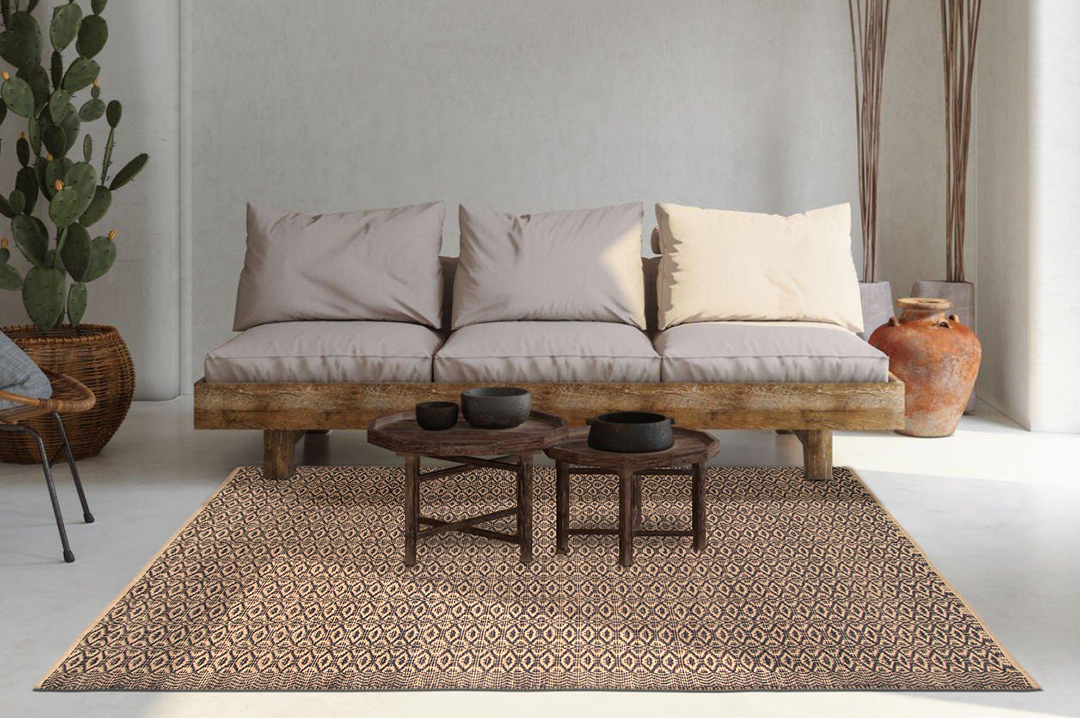
When it comes to interior design, one often underappreciated element that can significantly impact the overall aesthetics and functionality of a space is the humble rug. Rugs are versatile decor pieces that can tie a room together, create a sense of warmth, and even define specific areas within a larger space. In this blog post, we will explore the influence of rugs on interior design and how they can transform a room into a stylish and harmonious living space.
Rugs serve as excellent tools for delineating separate areas within an open floor plan. In a spacious living room, for instance, a large area rug can be strategically placed under the seating arrangement to define the conversation area. This not only visually separates the space but also adds a cozy, intimate feel to it.
Rugs are an ideal way to inject color and texture into a room. Whether you opt for a vibrant, eye-catching rug as a focal point or a subtle, neutral one to complement your existing decor, rugs can enhance the visual appeal of any space. Textured rugs, such as shaggy or woven varieties, can also add depth and tactile interest to a room.
A well-chosen rug can help create a sense of balance and harmony in a room. For instance, in a room with high ceilings and tall furniture, a large rug with a bold pattern can anchor the space and prevent it from feeling too top-heavy. Similarly, in a smaller room, a light-colored rug can make the space appear more open and airy.
Rugs don't just add visual warmth; they also contribute to physical comfort and improved acoustics. Placing a rug under a dining table or in a bedroom can make these spaces more comfortable to walk on, while also reducing noise and echoing in a room.
Rugs offer an opportunity to showcase your personal style and unique taste. Whether you prefer a classic Persian rug, a contemporary geometric design, or a vintage, distressed piece, your choice of rug can be a reflection of your personality and design preferences.
For a more eclectic and layered look, consider using multiple rugs in one room. Layering rugs can add depth and dimension to your interior design, with different patterns, textures, and sizes working together to create a visually intriguing space.
Rugs are a versatile tool for seasonal decor changes. You can swap out rugs to reflect the changing seasons, introducing warmer, cozier rugs in the winter and lighter, brighter ones in the summer. This can instantly refresh the look and feel of your home.
Rugs can serve as transitional elements between different areas of your home. A hallway runner can lead the eye from one room to the next, while a rug in an entryway can set the tone for the entire home, offering a welcoming first impression to guests.
In conclusion, rugs are indispensable when it comes to interior design. They have the power to define spaces, add color and texture, create balance, enhance comfort, and express personal style. Whether you're decorating a new home or looking to refresh your current space, don't underestimate the transformative influence of a well-chosen rug. It's not just a floor covering; it's a design element that can make your house truly feel like a home.